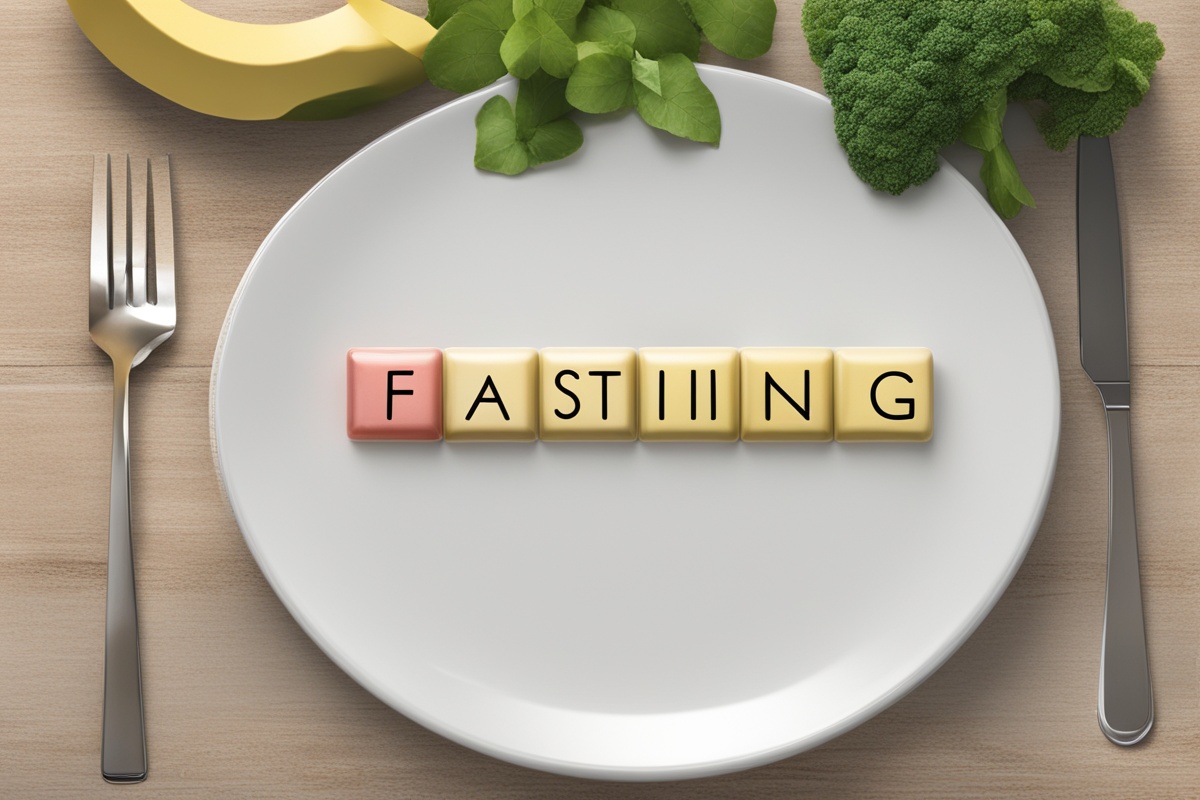Fasting has emerged as a powerful tool for achieving weight loss and improving overall health. When done correctly, fasting can lead to sustainable slimming, offering a pathway to long-term results without the frustration of yo-yo dieting. This post explores the concept of Sustainable Slimming Through Fasting, diving into how fasting works, its benefits for weight loss, and practical tips to make it a lasting part of your lifestyle.
What Is Sustainable Slimming Through Fasting?
Sustainable slimming refers to losing weight in a way that is maintainable over time, avoiding quick fixes or extreme diets that often lead to weight regain. Fasting, when approached thoughtfully, can be a cornerstone of sustainable slimming. It involves cycling between periods of eating and abstaining from food, which can help regulate hunger hormones, improve metabolism, and promote fat loss. Unlike restrictive diets, fasting focuses on when you eat rather than what you eat, making it adaptable to various lifestyles.
Methods like intermittent fasting (IF), where you alternate between fasting and eating windows (e.g., 16:8 or 5:2), have gained popularity for their simplicity and effectiveness. The key to sustainable slimming through fasting lies in consistency and balance, ensuring that fasting fits into your life without causing undue stress or deprivation.
How Fasting Promotes Weight Loss
Fasting triggers several physiological changes in the body that support weight loss. During a fast, your body shifts from using glucose as its primary energy source to burning stored fat through a process called ketosis. This metabolic switch can accelerate fat loss, especially when paired with a calorie deficit. Additionally, fasting helps regulate insulin levels, reducing insulin resistance—a common barrier to weight loss.
Moreover, fasting can reset hunger cues by lowering levels of ghrelin (the hunger hormone) and increasing leptin sensitivity (the satiety hormone). This hormonal balance makes it easier to control portions and avoid overeating, a critical factor in sustainable slimming through fasting. Studies have shown that intermittent fasting can lead to a 3–8% reduction in body weight over 3–24 weeks, depending on the individual and fasting protocol.
Benefits of Fasting Beyond Weight Loss
While weight loss is a primary goal for many, sustainable slimming through fasting offers additional health benefits that enhance overall well-being. Fasting has been linked to improved cellular repair through autophagy, a process where the body cleans out damaged cells and regenerates new ones. This can slow aging and reduce the risk of chronic diseases like diabetes and heart disease.
Fasting also supports mental clarity and energy levels by stabilizing blood sugar and reducing inflammation. Many individuals report feeling more focused and less fatigued during fasting periods. For a deeper dive into the mental health benefits of fasting, check out our post on Fasting for Mental Wellness. These holistic benefits make fasting a valuable tool for sustainable health, not just slimming.
Choosing the Right Fasting Method for Sustainable Results
Not all fasting methods are created equal, and finding the right one is crucial for sustainable slimming through fasting. Here are a few popular approaches to consider:
- 16:8 Method: Fast for 16 hours and eat during an 8-hour window. This is ideal for beginners and fits easily into daily routines.
- 5:2 Diet: Eat normally for 5 days of the week and restrict calories to 500–600 on 2 non-consecutive days. This offers flexibility for social events.
- Alternate-Day Fasting: Alternate between regular eating days and fasting or low-calorie days. This is more intense and may suit experienced fasters.
The best method depends on your schedule, hunger tolerance, and weight loss goals. Start slow, and don’t hesitate to adjust as needed. For tips on easing into fasting, read our guide on Beginner’s Guide to Intermittent Fasting.
Practical Tips for Sustainable Slimming Through Fasting
To make fasting a sustainable part of your weight loss journey, follow these practical tips:
- Stay Hydrated: Drink plenty of water during fasting periods to curb hunger and support detoxification. Herbal teas and black coffee (without sugar) are also great options.
- Focus on Nutrient-Dense Foods: Break your fast with balanced meals rich in protein, healthy fats, and fiber to keep you full and energized.
- Listen to Your Body: If you feel dizzy or overly fatigued, shorten your fasting window or consult a healthcare provider. Sustainability means avoiding burnout.
- Combine with Exercise: Light activities like walking or yoga during fasting can enhance fat-burning. Learn more in our post on Exercise and Fasting: A Perfect Pair.
Consistency is key. Avoid viewing fasting as a temporary diet; instead, integrate it into your routine for long-term slimming success. For meal planning ideas, explore our collection of Healthy Recipes for Breaking a Fast.
Common Challenges and How to Overcome Them
While fasting can be transformative, it’s not without challenges. Hunger pangs, social pressures, and initial fatigue are common hurdles. To manage hunger, distract yourself with non-food activities like reading or meditation, and ensure you’re eating satisfying meals during eating windows. Social events can be tricky, but planning your fasting schedule around them or opting for a flexible method like 5:2 can help.
If fatigue sets in, scale back the intensity of your fast and prioritize sleep. Remember, sustainable slimming through fasting is about progress, not perfection. For more strategies on overcoming fasting obstacles, check out our article on Navigating Fasting Challenges.
Disclaimer: The information provided in this post is for educational purposes only and should not be considered medical advice. Fasting may not be suitable for everyone, including pregnant or breastfeeding individuals, those with certain medical conditions, or anyone with a history of eating disorders. Always consult a healthcare professional before starting any fasting regimen or weight loss program to ensure it is safe for your individual needs.
References
- Intermittent Fasting and Weight Loss: A Systematic Review – NCBI
- Intermittent Fasting: Surprising Update – Harvard Health
- Intermittent Fasting: What Is It? – Mayo Clinic
- Effects of Intermittent Fasting on Health and Aging – New England Journal of Medicine
- What Is Intermittent Fasting? – WebMD
This content is for informational purposes only and not a substitute for professional advice.






